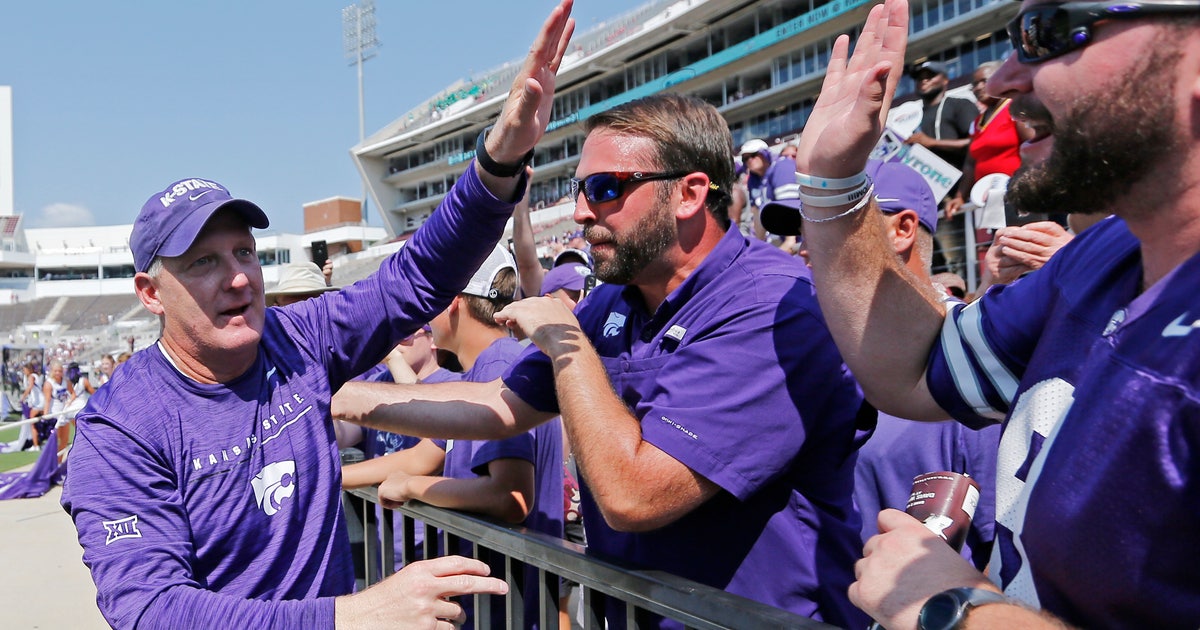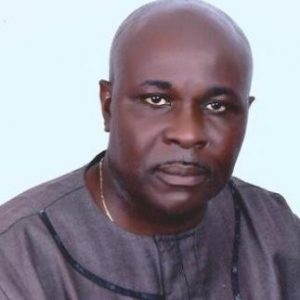K-State among few teams left that huddles up on offense


MANHATTAN, Kan. (AP) — The play ends and all the players from Kansas State’s offense begin milling around, about 5 yards behind the line of scrimmage, then slowly congregate as if they are around a campfire.
Then they clap in unison and head to the line of scrimmage.
Confused? You might be.
It almost looks as if the Wildcats huddled, and maybe even called a play in there. But there is no way that happened, right? Not in this era of fast-paced offenses, where quarterbacks bark out the play as their big linemen lumber to the line of scrimmage the moment the previous play is whistled dead, quickly calling for the next snap before the defense — and anyone else — has a moment to breathe.
Yet that seemingly antiquated notion of huddling is something that No. 23 Kansas State does quite regularly under new coach Chris Klieman, and so far it has produced tremendous results.
The Wildcats (3-0) have dominated time of possession to the tune of more than 36 minutes per game, which came in handy during their win over Mississippi State in hot, humid Starkville. That in turn has helped keep fresh the Kansas State defense, which ranks in the top 10 nationally.
“It’s really important for us,” Klieman said, “especially when you have a team that wants to get between 90 and 100 plays. If we’re not able to move the ball and have some effective drives and take some clock off, then we’re going to be out there all day on defense. We can’t afford that. We need to try to keep the play count down. Obviously, that’s something some of the offense can do.”
This isn’t no-huddle offense.
This is mo’ huddle offense.
The benefits of the huddle, which is among the first things taught in youth football but often goes by the wayside by high school, extend far beyond simply draining the clock.
Kansas State has had fewer offensive penalties than it did under former coach Bill Snyder, who began to move toward a wide-open tempo offense during his second tenure in Manhattan. That’s in part because there is less uncertainty about what guys are doing. They can clearly hear the call in the huddle and execute the play without having to double-check they heard it right over the crowd noise.
It takes some of the uncertainty out of substitutions, again leading to fewer penalties, and gives the coaching staff and play-callers an extra beat to think about the next play.
Rather than organized chaos, the Kansas State offense is more like clinical precision.
“That’s who we are,” running back James Gilbert said. “That’s our identity.”
The Wildcats wear it like a badge of honor, too.
As well they should. They head into Saturday’s showdown against Oklahoma State with a mountain of momentum, their win over the Bulldogs giving them a big boost heading into last week off.
“They run the ball a lot and we’re preparing for it,” Cowboys linebacker Kevin Henry said, before acknowledging: “We don’t see it a lot, but we’re here to play football and we have to stop it.”
The Wildcats’ Big 12 opener will be quite a test for their offensive patience, though, because the Cowboys for years have been the poster children of a breakneck style of offense.
But while the Cowboys are unaccustomed to seeing teams huddle up and slow the pace, the Wildcats are used to seeing tempo. It may have been a novel concept 20 years ago, but these days it’s the norm.
“It’s what college football has become,” Klieman said, “so you see it all the time with tempo and trying to get plays off as quickly as you can. Everybody in college football is doing that.”
To be clear, the Wildcats can crank up the tempo, too. And in some ways it becomes more effective for them because, like a changeup in baseball, it represents such a departure from the usual.
Given his druthers, though, the old-school Klieman would prefer to see Kansas State methodically pound away at the other team, chewing up the clock and wearing out the defense — the only break coming when they huddle up.









